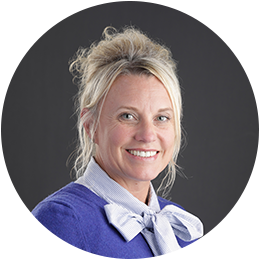This first session of the 5-part series will provide an in-depth overview of the history of how privileging began and detail the progression of a physician's training from medical school, attainment of licensure to practice, and the process of securing and completing a residency and /or fellowship program, including a review of the specialty specific ACGME (American College of Graduate Medical Education) components, current competency, and procedural performance requirements, and expectations following completion of formal training with regard to board certification, lifelong learning, advancement of skills, and ongoing competency.
At the end of the session, attendees will be able to:
-
Define what is meant by privileging and discuss its historical origin
-
Summarize the processes followed to gain admission to medical school and a residency and/or fellowship training program and describe what is meant by equivalent education and/or training
-
Discuss professional licensure and identify the distinction of each (MD, DO, DMD, DDS, etc.)
-
Distinguish the differences between residency and fellowship training programs and discuss the various ACGME specialty and sub-specialty training programs available
-
Review an ABMS (American Board of Medical Specialties) or AOA (American Osteopathic Association) specialty board certification or sub-specialty certification requirements, explain the path to certification, and the process for ongoing maintenance of certification
-
Locate, utilize, and apply the tools and resources presented during the course to continue expanding on current knowledge base
-
Locate, utilize, and apply the tools and resources presented during the course to continue expanding on current knowledge base


